The changes to the United Kingdom’s ‘Non-domicile’ tax status that were announced in Jeremy Hunt’s Budget statement on 6 March 2024 have long been viewed as inevitable. It was anticipated that this might occur after an election and a change in government, but it has happened sooner than expected. The changes will not come into effect until 6 April 2025, but now that they have been announced, anyone moving before that date needs to be aware of the new regime.
‘Non-dom’ status allows foreign domiciled individuals to avoid paying UK tax on income arising outside the UK on condition that it is not brought into the UK. UK-sourced income and gains are still taxed as normal. Non-doms still have the choice of paying tax as normal residents but can also elect to be taxed on a ‘remittance basis’ where only that income brought into the UK is taxed. After 7 years of residence in an 8-year period, a fixed charge of £30,000 was required to keep using the remittance basis. This increased to £60,000 after being a resident for 12 years in a 14-year period. Being deemed ‘domicile’ closes the ability to use the remittance basis after being in the UK for 15 years in a 20-year period.
However, from 6 April 2025, that will all change. Inbound, non-domiciled individuals will now pay tax like a regular UK resident after 4 years, effectively cutting the preferential period down from 15 to 4 years. This will ensure that typical corporate assignment-type moves to the UK, which might be for 2 to 3 years, aren’t adversely affected but it will impact those that settle for longer.
There will be new rules in the initial period, permitting ‘Foreign Income and Gains’ (‘FIG’) to be brought into the UK without triggering a remittance tax charge. One economic downside of the remittance rules was that they prevented people from spending money in the UK even if they wanted to. This ‘FIG’ regime will address that, and there is also a Temporary Repatriation Facility (‘TRF’) that will allow unremitted income accumulated outside the UK to be brought in with a lower, 12%, tax charge, in 2025/26 and 2026/27.
Taxpayers using the remittance basis who are already beyond the 4-year period will have a transition year in 2025/26 where only 50% of their foreign income will be subject to UK tax.
UK government figures published in July 2023 said that there were 54,300 non-domiciled but UK-resident taxpayers in 2021. Of these, only 37,700 claimed the remittance basis. Only 2,100 of those had been in the UK long enough to pay the remittance basis charge. Around 28,000 have been in the UK for less than 4 years. So, whilst the changes may only appear to apply to 25,000 people, these include the ones with the most tax at stake, who also have the ability to look at where else in the world they might choose to relocate to.
The UK’s desirability to foreign investors has been declining for some time, with the closure of the Investor Visa scheme in 2022 having a major impact. That has already reduced the number of HNWIs moving to the UK, and clearly, increasing taxes on those who have options to go elsewhere will not reverse that trend any time soon. However, with the right fact pattern, the ‘FIG’ and ‘TRF’ provisions may still keep the UK as an attractive location.
Meanwhile, other countries in Europe continue to invest in their Golden Visa or Investor Visa programs. Sunnier climates with a strong network of connecting flights to the UK can be expected to benefit from this change. For those who like to be in the UK but don’t have to be, several other options are available elsewhere in Europe to obtain Residence by Investment. These would enable easy commuting to the UK if there were a business or family need to be there regularly.
Peter Ferrigno is a tax partner in Expatriate Tax Services London. He has many years of leadership experience in tax and Global Mobility and has been an expatriate himself in several locations such as Poland, Spain and Czech Republic.





